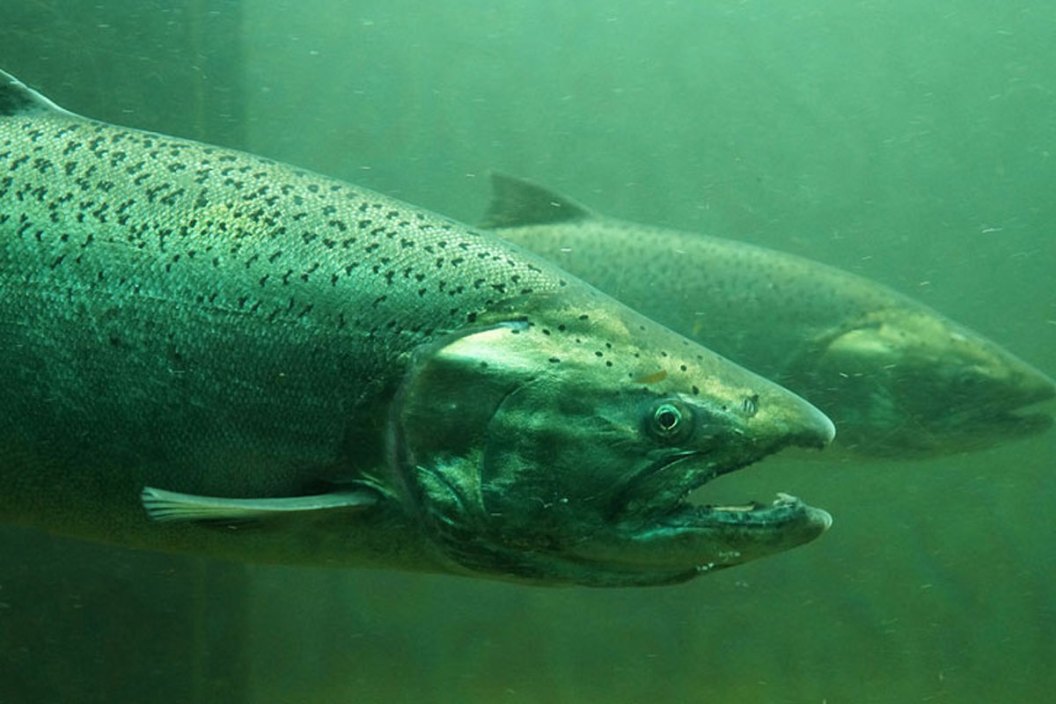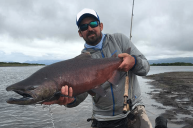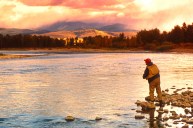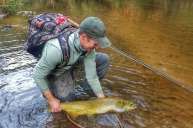How many people can say they have snorkeled in the middle of a salmon migration?
Several tourism operators in British Columbia provide adventurous travelers the opportunity to swim among thousands of salmon as they make the epic journey to their spawning grounds.
Salmon snorkeling is a bit different than the traditional kind. The gear is more or less the same, but participants will need a thick neoprene wetsuit or drysuit and a flotation vest to contend with the frigid and fast-moving waters where salmon travel.
Once in the water, snorkelers let the river do most of the work of carrying them downstream, looking downward to see a rush of salmon battling against the current.
Each salmon they see is in the final and most triumphant moment of its life. After spending two to six years in the open seas, the fish return to the rivers to lay their eggs in the place they hatched, before finally expiring and dying in the same place where they were born.
Snorkeling conditions are ideal between August and October, when the waters teem with hundreds of thousands of chinook, coho, chum, sockeye and pink salmon, some weighing as much as sixty pounds.
Some won't complete the journey, and you're likely to see eagles or even bears along the river bank, having been drawn in by the alluring smell of countless salmon carcasses.
Sam Waddington, owner of Mt. Waddington Outdoors in Chilliwack, says snorkeling with salmon offers a recreational experience that can't be matched.
"So long as the waters is clear and you can find a pool full of salmon, the swimming is awesome, so throw on a mask and snorkel and have some fun," he says in an interview with CBC News.
Waddington assures eco-conscious tourists that salmon snorkeling doesn't disturb the fish, but tour operators still take measures to minimize their impact. Groups are usually limited to no more than 15 and restricted to twice-a-day excursions, led by a guide trained in water rescue.
The fish have enough to worry about without having to contend with some curious tourists, after all. Several outfitters also focus on education, encouraging snorkelers to learn to identify different species and be aware of their dwindling numbers.
You're not likely to get the postcard pictures you'd get at a coral reef, but salmon snorkeling offers a more visceral and bittersweet experience, outfitters say, and a chance to witness firsthand the circle of life as thousands of fish sacrifice themselves for the next generation.
You may never look at that salmon on your plate the same way ever again.
Products featured on Wide Open Spaces are independently selected by our editors. However, when you buy something through our links, we may earn a commission.
NEXT: PIKE LEAPS OUT OF WATER TO ATTACK CURIOUS CATS [VIDEO]





